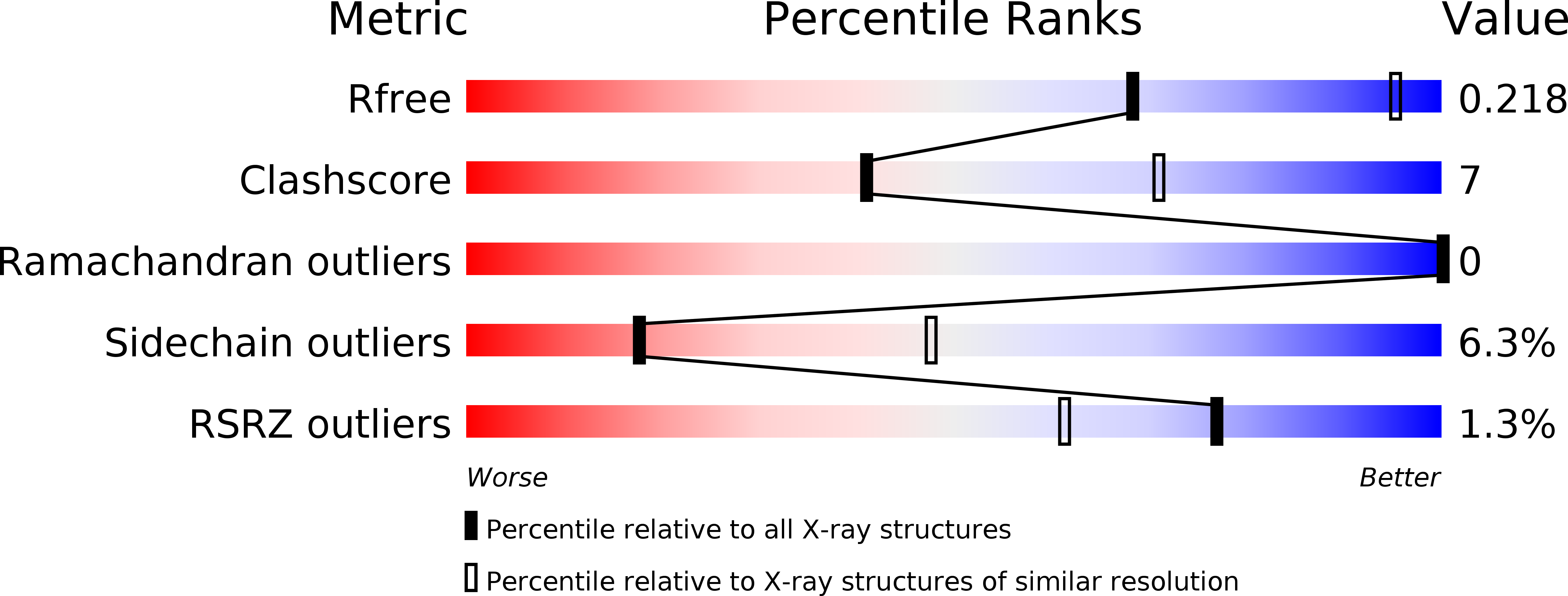
Deposition Date
1999-11-16
Release Date
2000-02-07
Last Version Date
2024-11-06
Method Details:
Experimental Method:
Resolution:
2.95 Å
R-Value Free:
0.22
R-Value Work:
0.18
R-Value Observed:
0.18
Space Group:
P 31 2 1


